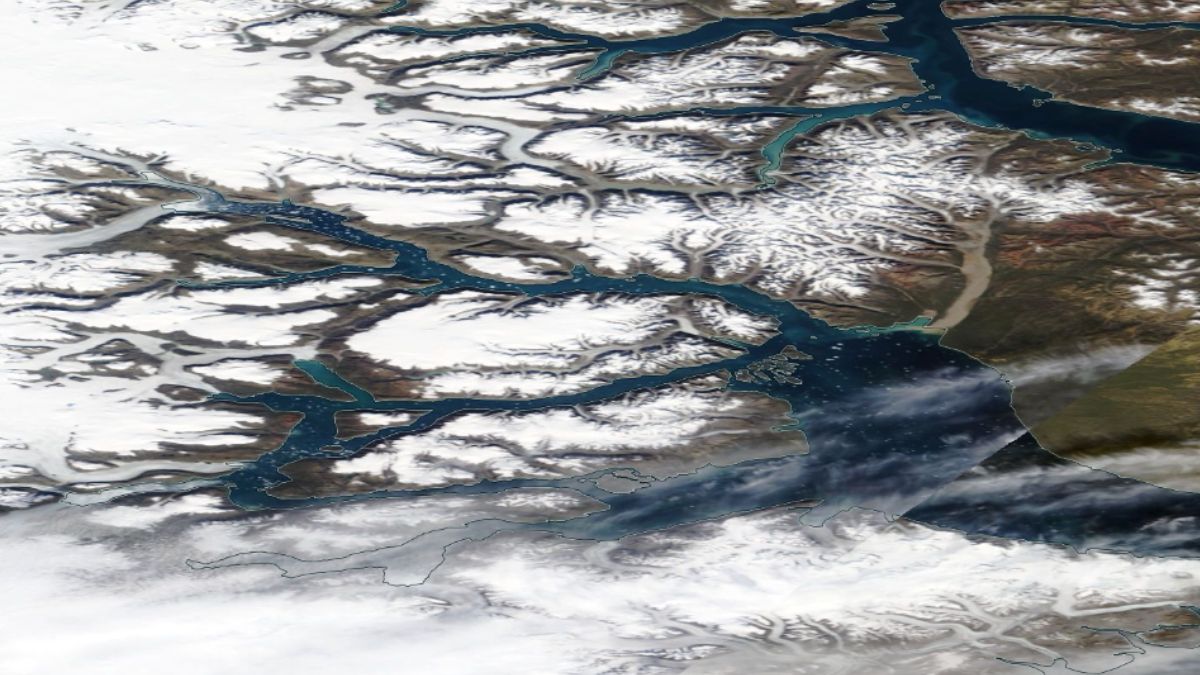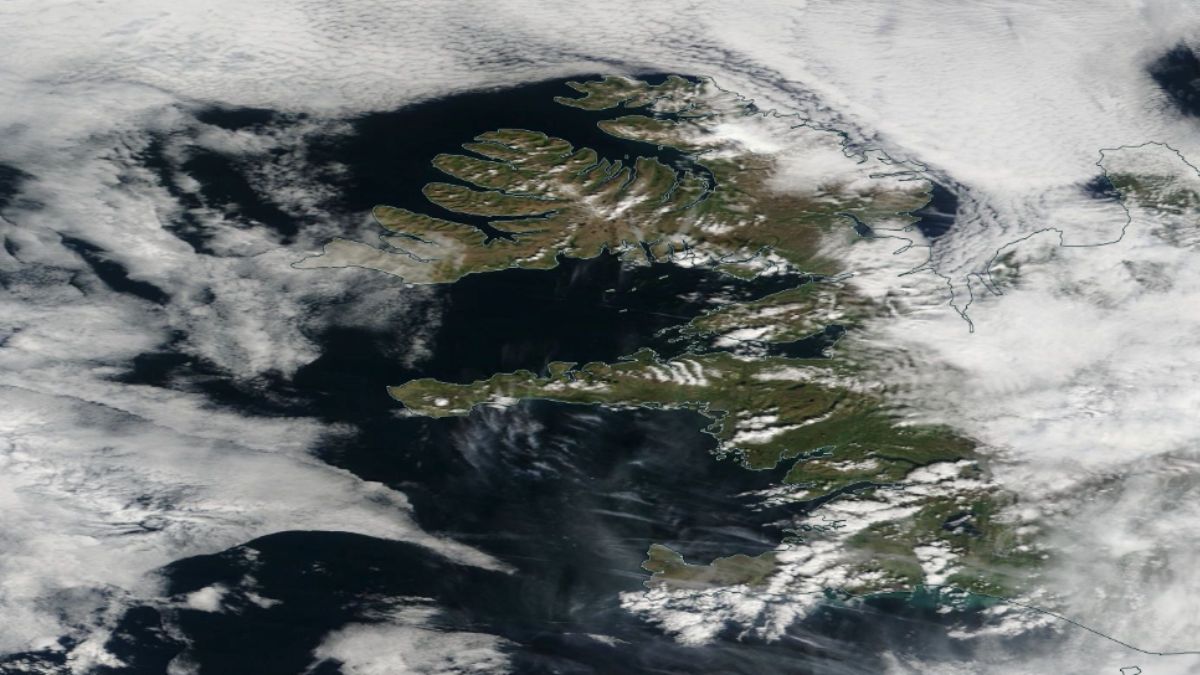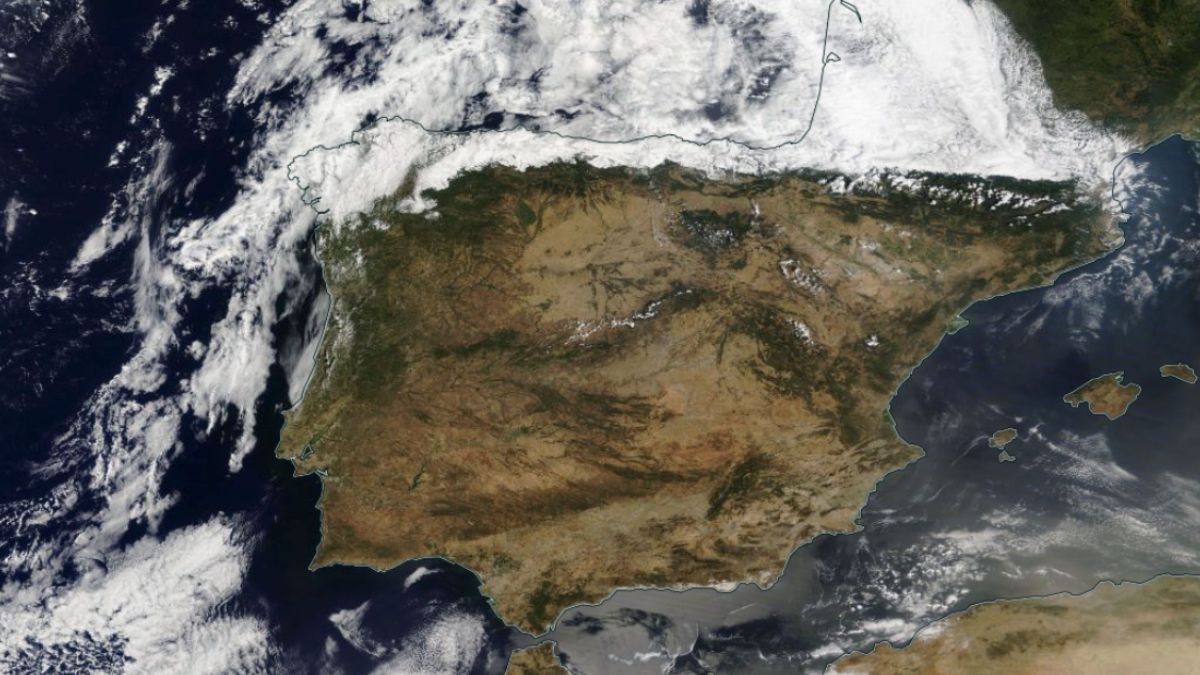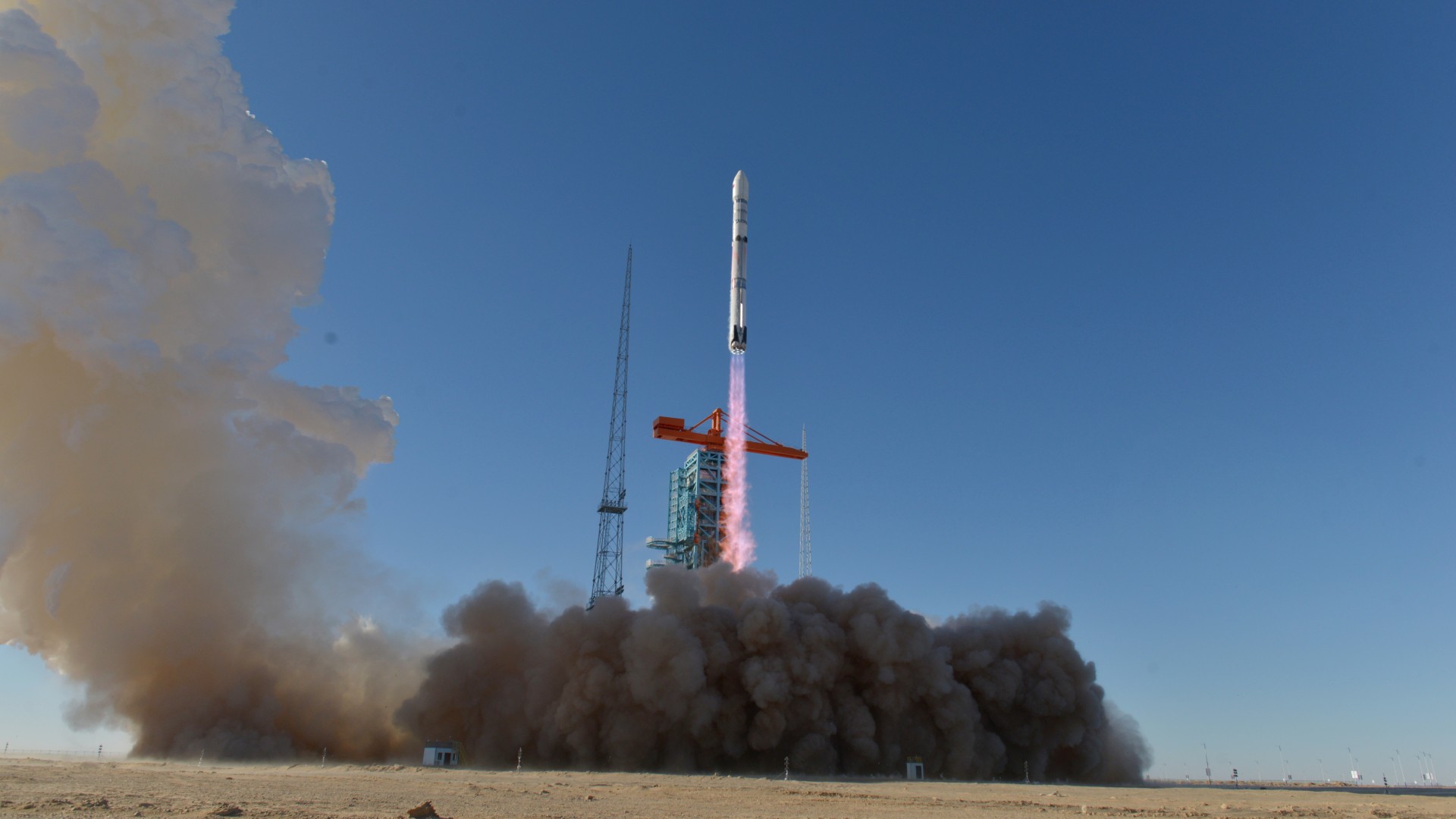Eclipse chasers share insider tips, travel advice and skywatching secrets for the 2026 total solar eclipse
Our expert travel guide to the 2026 total solar eclipse in Greenland, Iceland and Spain is packed with insider tips, travel advice and skywatching secrets from seasoned eclipse chasers.

On Aug. 12, 2026, a total solar eclipse will flash across a small part of the Northern Hemisphere, bringing totality to Greenland, Iceland and Spain.
Totality lasts only a couple of minutes, but planning the perfect eclipse trip can take months or years. So we asked eclipse experts and seasoned eclipse chasers from around the world what it takes to witness totality in all its glory.
Whether you're a first-timer or a returning "umbraphile," this guide will help you prepare for one of nature's greatest events.
Why location is everything
To witness a total solar eclipse, you must be within the narrow path of totality — the strip of land where the moon completely blocks the sun. Even a 99% eclipse leaves the dazzling solar disk exposed, and the magic of the corona — the sun's ghostly outer atmosphere — is lost.
Those in eastern Greenland are likely to be on a cruise ship and almost certainly in Scoresby Sund, which is entirely within the path of totality. In Iceland, only the west coast is in the path. For Spain, the path narrowly misses both Madrid and Barcelona, but it crosses some of the country's most remote and beautiful regions. However, in Spain, the eclipse occurs shortly before sunset, so there's a risk that it will be too low to be seen.
Related: Where can I see the total solar eclipse on Aug. 12, 2026?
"Many national parks are in mountainous regions, which could block your view — not ideal for this eclipse," said Oscar Martín Mesonero, an astrotourism expert and eclipse chaser who runs Startrails in Salamanca, just south of the path. "But Spain has many beautiful rural areas with open skies, old towns, Roman aqueducts and castles — perfect for combining eclipse chasing with travel."
Breaking space news, the latest updates on rocket launches, skywatching events and more!
Cruise ships and Greenland
There will also be thousands of people on cruise ships; many typically sail into the Mediterranean anyway and have tweaked their itineraries to be off the coast of Spain. However, it may be trickier to find a clear view.
"The prospects are better on land than over the ocean," said Jay Anderson, a Canadian meteorologist and veteran eclipse chaser who provides eclipse-related climatology and weather information on Eclipsophile. "But even with high average cloud cover, satellite images often show that there are always some areas of clear skies." Images from the geostationary Eumetsat satellites will be crucial for finding a clear spot.
It will matter where the ship is. The places on the track that are most likely to be cloudy are along the Greenland coast and anywhere in the Atlantic, but clear skies are more likely off northern Spain and highly likely in the Mediterranean.
Related: Best total solar eclipse 2026 cruises for the ultimate adventure
For the adventurous, Greenland offers pristine Arctic landscapes, and for those on expedition-style cruises in Scoresby Sund, there will be a total solar eclipse of up to 2 minutes, 17 seconds, with the sun about 25 degrees above the western horizon. This is a bucket-list trip about more than just the eclipse, and travel costs are high — it's something for experienced eclipse chasers who want something new and exciting. With travel and logistics in hand, the only issue is the weather.
"It's not too unreasonable to expect decent conditions because air flowing off the ice cap and down to the ocean tends to dry out and clear the clouds," Anderson said of Scoresby Sund. "However, if a large weather system moves in, it can blanket the whole sky and stick around for days." Let's hope not; Scoresby Sund hasn't seen a total solar eclipse since 1187 and, after 2026, won't witness one again until 2911.
Iceland
Iceland offers one of the most photogenic landscapes on Earth — including waterfalls, volcanoes and geothermal spas — and boasts the longest totality on land, at 2 minutes, 13.7 seconds. It will be Iceland's first total solar eclipse since 1954. The eclipse also occurs 25 degrees above the southwest horizon, so there's no need to worry about sight lines.
"The path passes over the most populated areas of the country, about 290,000 people," said Sævar Helgi Bragason, Iceland's most famous eclipse chaser, who offers maps and more on Eclipse2026.is. Only the west of the country — the Reykjanes Peninsula, the Snaefellsnes Peninsula and the Westfjords — are in the path. The main roads are excellent, but mobility could be an issue.
"Tourism has taken its toll on many of the single-lane roads, and we're expecting heavy traffic," Sævar said. "Eclipse chasers won't be the problem because they will know where to go. But the eclipse is on a Wednesday, and locals will probably stop working at around noon and then drive to wherever they want to go."
That means lots of traffic, so get in the path as early in the day as possible. Arriving late for an eclipse aligns with Icelandic culture. "Nature is so unpredictable here — we could have a volcanic eruption happening the same day; it's a real possibility, Sævar said, "so we usually don't prepare for anything until very late."
Another issue with Iceland is the weather. "There's a saying in Iceland that if you don't like the weather, just wait five minutes, and it'll change completely," Sævar said. "Even storms are sometimes broken up in patches. When we chase the northern lights in winter, we are bombarded by a blizzard for a few minutes, and then it clears up again." Iceland has exceptional weather forecasts from the Icelandic Met Office, which also provides aurora forecasts.
"Iceland is very seldom completely overcast in August — there's always a hole somewhere," Anderson said. He thinks it will likely be possible to stay in Reykjavik, which is in the path, and take a morning drive north for up to two-and-a-half hours to where clear weather is forecast. "Western Iceland is the sunniest part, but there's a lot of moisture, so get close to the water on one of these peninsulas to have a bit of an onshore flow."
Spain
Most travelers will head to Spain for the 2026 total solar eclipse. The path of totality — the first in Spain since 1905 — cuts a diagonal track across the northeast of the country, from Galicia to Catalonia, with the longest duration (about 1 minute, 44 seconds) occurring just before sunset.
Terrain matters. "Spain is the second-most mountainous country in Europe, after Switzerland," Eduard Masana Fresno, an astronomer at the Institute of Cosmos Sciences in Barcelona. "There are the Cantabrian Mountains in the north of the path, the Meseta plateau north of Madrid and the Iberian System in the east of the path."
In eastern regions and Mallorca, even modest hills could block the eclipse entirely. However, the new Eclipse Viewing Map from Spain's Geographic Institute accounts for the terrain, atmospheric refraction and azimuth (place on the horizon) of the sun to help observers avoid blocked sight lines. There's another reason to avoid shaded valleys and eastern slopes of mountain ranges: Late-day storms are common in August, although average August cloud cover across the path is less than 50%.
Travel in and around Spain will be fairly easy, but bear in mind that there will be a lot of locals traveling into the path on eclipse day, particularly from Madrid and Barcelona. "The Spanish love road trips, and many will be on holiday in the path," Mesonero said. "People from all over Spain will head to the path, and accommodation could be tricky — it's peak vacation season." He expects there to be eclipse events throughout the path, even in places near the edge that only get 30 seconds of totality.
From speaking to eclipse chasers in Spain, one thing is clear: Do not attempt to drive back to Madrid or Barcelona right after the eclipse, or you'll be queuing with perhaps millions of people. Instead, stay overnight in the path. Another reason to do so is the Perseid meteor shower, which peaks Aug. 12-13, just a few hours after the eclipse. Rural skies will also showcase the Milky Way arching across the southern sky.
Think like an eclipse chaser
Wherever you go, eclipse experts agree on three key strategies: Plan ahead, check weather forecasts and stay mobile. Whether you chase the eclipse from Spain's plains, Iceland's wild coast or Greenland's icy fjords, witnessing the 2026 total solar eclipse will be a moment you'll carry for life. And if you miss this one or you want to plan your next adventure, there will be another chance fairly soon: Spain will experience another total solar eclipse exactly one lunar year later, on Aug. 2, 2027.

Jamie is an experienced science, technology and travel journalist and stargazer who writes about exploring the night sky, solar and lunar eclipses, moon-gazing, astro-travel, astronomy and space exploration. He is the editor of WhenIsTheNextEclipse.com and author of A Stargazing Program For Beginners, and is a senior contributor at Forbes. His special skill is turning tech-babble into plain English.
You must confirm your public display name before commenting
Please logout and then login again, you will then be prompted to enter your display name.



